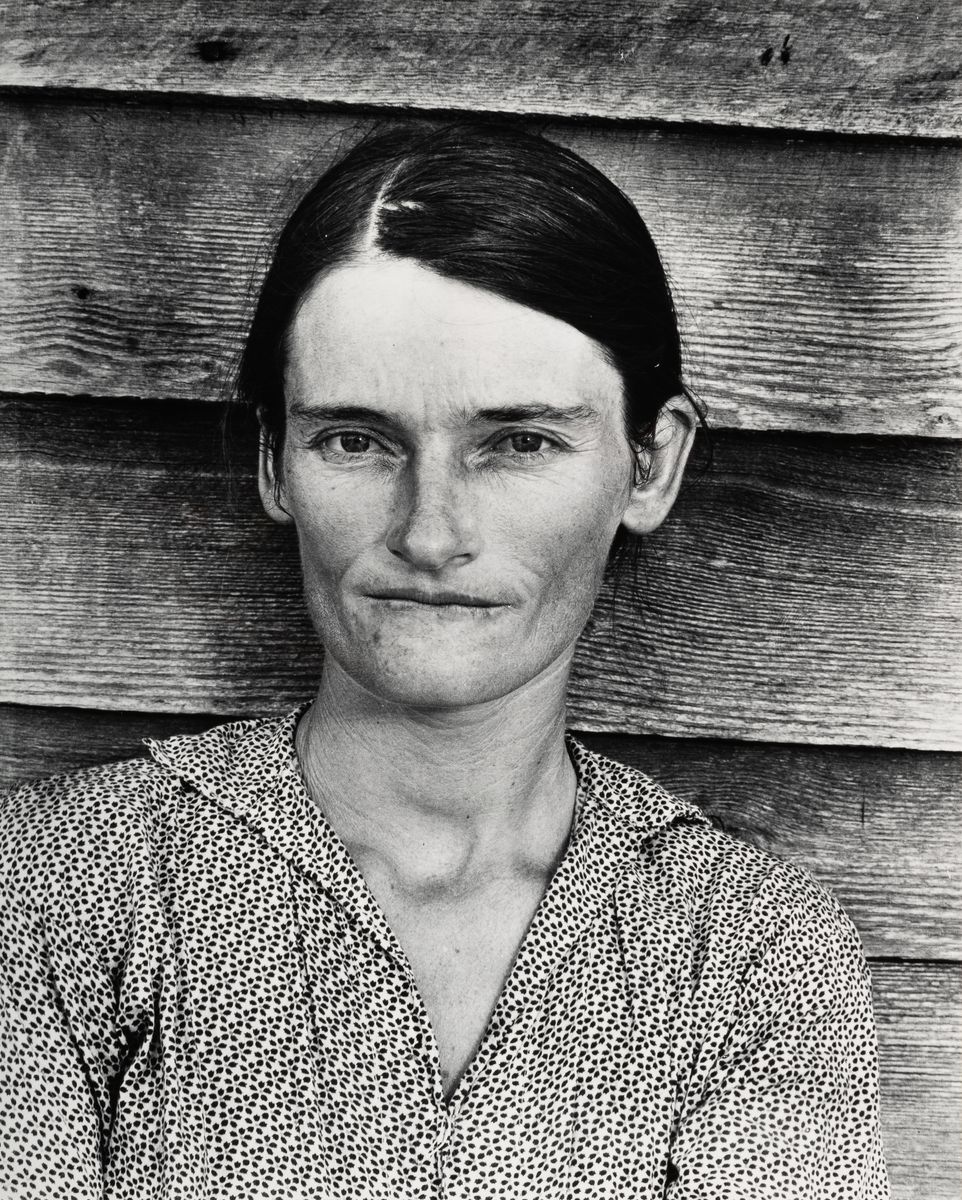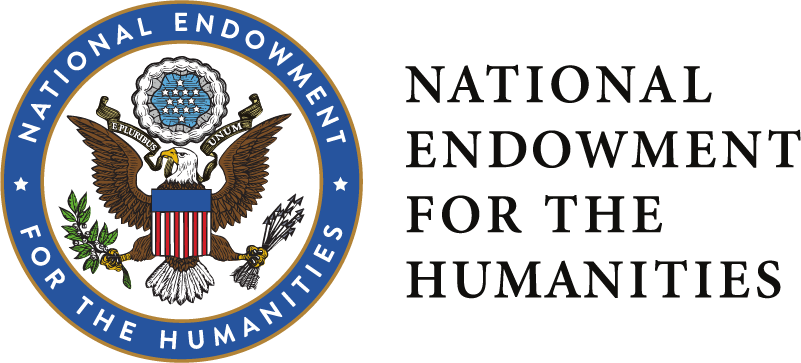
Allie Mae Burroughs, Wife of a Cotton Sharecropper, Hale County, Alabama
Artist:
Walker Evans
(American, 1903-1975)
Place photographed:Alabama, United States, North and Central America
Date: Summer 1936
Medium: Gelatin silver print
Dimensions:
print: 13 1/2 × 10 3/4 in. (34.3 × 27.3 cm)
matted: 24 × 20 in. (61 × 50.8 cm)
Credit Line: Purchased with funds from the Hearst Foundation
Object number: 75.143.25
Provenance: Black-and-white negative is part of the Farm Security Administration/Office of War Information Photograph Collection, Library of Congress.
Label Text
“Stare. It is the way to educate your eye, and more. Stare, pry, listen, eavesdrop. Die knowing something. You are not here long.” —Walker Evans
For fifty years, Walker Evans distilled the essence of everyday American life—vernacular architecture, rural churches, roadside stands, cheap cafés, simple bedrooms, and small-town main streets—with the nuance of a poet and the precision of a surgeon. Whereas Dorothea Lange (American, 1895–1965), his colleague while working under the direction of the Resettlement (later Farm Security) Administration, brought empathy toward her subjects, Evans cared little about the New Deal ideologies for improving the lot of the rural communities. Instead, he sought to create crystal clear, formally successful works of art—to distill the extraordinary from the ordinary. Evans collaborated with his friend James Agee on two highly influential projects that included photographs and a publication: Let Us Now Praise Famous Men (1941), a portrait of rural sharecroppers in the Deep South and Many Are Called (1966), a three-year project in which Evans photographed New York subway riders with a hidden camera.
(Suzanne Weaver, 2019)
For fifty years, Walker Evans distilled the essence of everyday American life—vernacular architecture, rural churches, roadside stands, cheap cafés, simple bedrooms, and small-town main streets—with the nuance of a poet and the precision of a surgeon. Whereas Dorothea Lange (American, 1895–1965), his colleague while working under the direction of the Resettlement (later Farm Security) Administration, brought empathy toward her subjects, Evans cared little about the New Deal ideologies for improving the lot of the rural communities. Instead, he sought to create crystal clear, formally successful works of art—to distill the extraordinary from the ordinary. Evans collaborated with his friend James Agee on two highly influential projects that included photographs and a publication: Let Us Now Praise Famous Men (1941), a portrait of rural sharecroppers in the Deep South and Many Are Called (1966), a three-year project in which Evans photographed New York subway riders with a hidden camera.
(Suzanne Weaver, 2019)
Not on view
In Collection(s)
The San Antonio Museum of Art is in the process of digitizing its permanent collection. This electronic record was created from historic documentation that does not necessarily reflect SAMA's complete or current knowledge about the object. Review and updating of such records is ongoing.

 This resource has been made possible in part by the National Endowment for the Humanities: Exploring the Human Endeavor.
This resource has been made possible in part by the National Endowment for the Humanities: Exploring the Human Endeavor.
